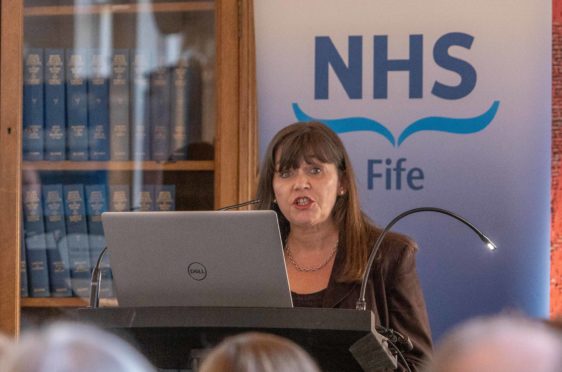
The number of suicides recorded in Scotland increased last year, according to official statistics.
Figures published by the ISD show a total of 784 probable suicides in the country in 2018 – a 15% rise on the 680 recorded in 2017.
During that period, the probable suicide rate for men was three times more than the rate for women.
Out of the 784 probable suicides in total, 581 were men and 203 were women.
The highest rate of suicide occurred in men between the ages of 35 and 44, while the rate was highest for women between the ages of 45 and 54.
Between 2014 and 2018, the probable suicide rate was three times higher in the most deprived areas when compared to the least deprived areas of Scotland.
Scotland appears to have had a higher suicide rate than the UK overall since the early 1990s, though researchers suggest this comparison is affected by differences in data recording practices between countries.
In August 2018, the Scottish Government launched a suicide prevention action plan.
The National Suicide Prevention Leadership Group is expected to publish its first annual report in September.
The Scottish Government has also provided investment for pilot projects across four areas to implement innovative ways of responding to people who present to front-line staff in distress.
As of the end of April this year, there has been more than 2,800 referrals to specialist help from front-line services.
New figures released today show 784 people in Scotland died by suicide in 2018, an increase from 680 in 2017. Our response to this worrying increase… pic.twitter.com/C11n3BoHDM
— Samaritans Scotland (@Sams_Scotland) June 26, 2019
Mental Health Minister Clare Haughey said: “Any suicide is a tragedy and my heartfelt condolences go out to the friends and families of those who have been affected by the loss of a loved one.
“An increase in deaths by suicide last year is concerning and is sadly reflected in other parts of the world, too.
“We remain committed to building on the overall 19% decrease in suicide rates in Scotland between 2004-2008 and 2014-2018.
“Alongside mental health and suicide prevention groups, we are working to raise public awareness and improve crisis support services for at risk groups.
“To take this important work forward we have established a National Suicide Prevention Leadership Group.
“We have also asked all NHS boards to include mental health and suicide prevention training within their workforce plans.”
Ms Haughey added: “Additionally, a new learning and awareness raising tool will be rolled out across all local authority staff.
“In order to reach males aged 35-44, where the suicide rate is at its highest, this training will also go to players and staff at every Scottish football club, enabling more people to spot the signs of poor mental health.
“We want to create a Scotland where suicide is preventable and where anyone contemplating suicide gets the support they need.
“Scotland is not alone in tackling suicide prevention and we will undertake more research to establish the under-lying reasons for the increase in 2018.
“Suicide prevention is everyone’s business and we will continue to do more in collaboration with the NHS, local authorities, the third sector and communities to save lives and reduce the rate of suicide by 20% by 2022.”
Billy Watson, of mental health charity SAMH, said “After a number of years in which we saw an overall downward trend, it is devastating news that significantly more people died by suicide in Scotland last year than in the year before.
“Today’s figures show we must redouble our efforts as a nation to deepen our understanding of the causes of suicide, so we can help everyone who needs it. At SAMH we are committed to playing our part in this.”

Enjoy the convenience of having The Sunday Post delivered as a digital ePaper straight to your smartphone, tablet or computer.
Subscribe for only £5.49 a month and enjoy all the benefits of the printed paper as a digital replica.
Subscribe